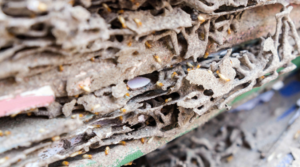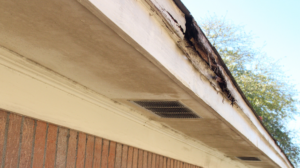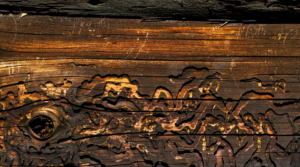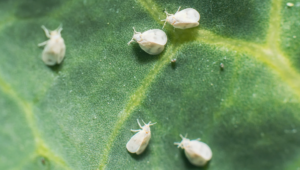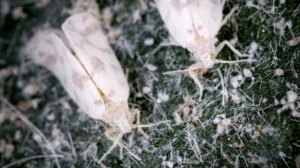For many South Floridians, the mention of bed bugs is enough to send a shiver down the spine. While these pesky insects have been around for centuries, their resurgence in recent times has made them a topic of concern, especially in the warm and humid conditions of Florida. Understanding the lifecycle of bed bugs can arm homeowners with the knowledge to tackle these unwelcome guests effectively.
The Beginning: Eggs
A single female bed bug can lay up to 200-250 eggs in her lifetime. These eggs, tiny and pearl-white, are often deposited in secluded areas: seams of mattresses, crevices in furniture, or even behind baseboards. In Florida’s warm climate, they hatch quicker, typically in about 6 to 10 days.
Stage 1: Nymphs (Juveniles)
Once hatched, the bed bug emerges as a nymph – a miniature version of the adult. Pale and almost transparent, they turn redder after feeding. To grow, nymphs must molt, shedding their exoskeletons. Before each of the five molting stages, they require a blood meal. In the ideal conditions present in South Florida, this stage can be as short as three weeks, allowing for rapid population growth.
Stage 2: Adults
After their final molt, nymphs transition into adult bed bugs, ready to reproduce. These adults are reddish-brown, flat, and oval, growing up to 4-5mm long. Their preference for feeding is during the night, and they can consume up to three times their weight in blood. In South Florida’s conducive environment, they can live up to several months, though in cooler climates, their lifespan might extend to a year.
Florida’s Climate: A Bed Bug Incubator
Florida’s climate, characterized by high humidity and warm temperatures, provides a couple of advantages to bed bugs:
Rapid Reproduction: The warmth accelerates the bed bug lifecycle, allowing them to reproduce at a faster rate.
Increased Activity: Higher temperatures often mean increased bed bug activity, leading to more frequent feeding.
Extended Lifespan: While bed bugs in cooler climates might enter a semi-dormant state, Florida’s consistent warmth ensures they remain active year-round.
Facing the Menace
Understanding the lifecycle provides valuable insights into combatting bed bug infestations:
Early Detection: Regular inspections, especially after travel or receiving second-hand furniture, can help catch infestations early, during the egg or nymph stages.
Heat Treatment: Since bed bugs and their eggs are susceptible to heat, professional heat treatments can effectively break their lifecycle.
Regular Cleaning: Vacuuming and cleaning regularly, especially in potential hiding spots, can reduce the chances of a large-scale infestation.
Bed bugs, with their rapid lifecycle in Florida’s climate, present a challenge to homeowners. But, knowledge is power. By understanding their stages of development and how the local climate aids their growth, residents can take proactive measures, ensuring their homes remain a sanctuary free from these nocturnal nuisances.


